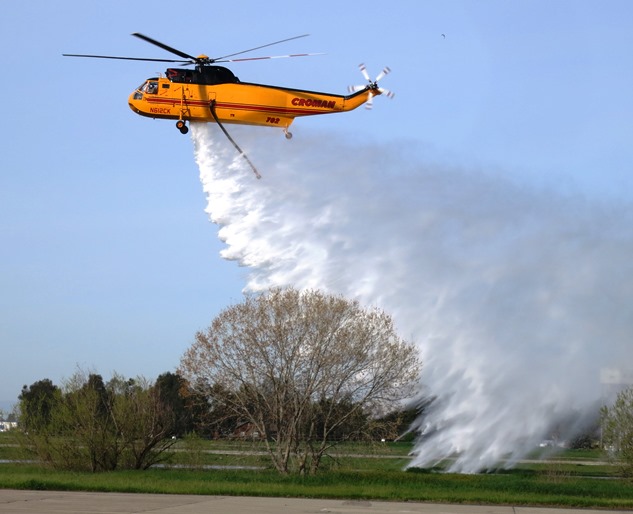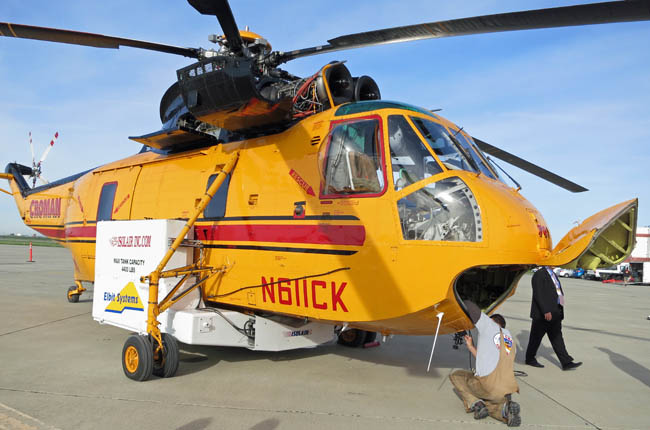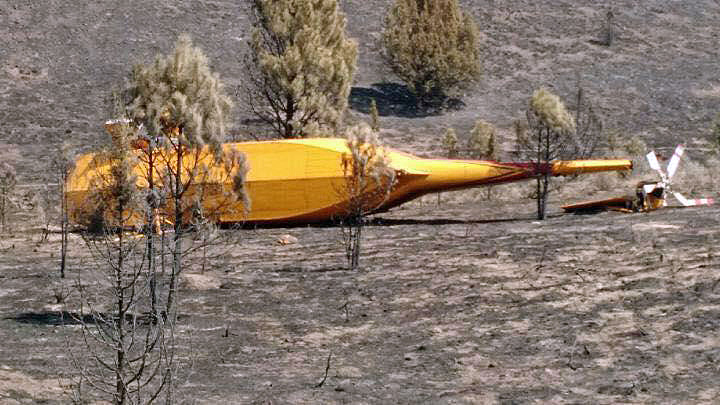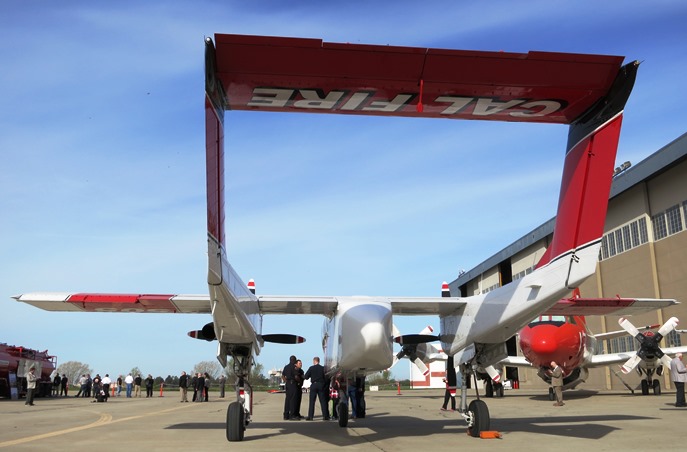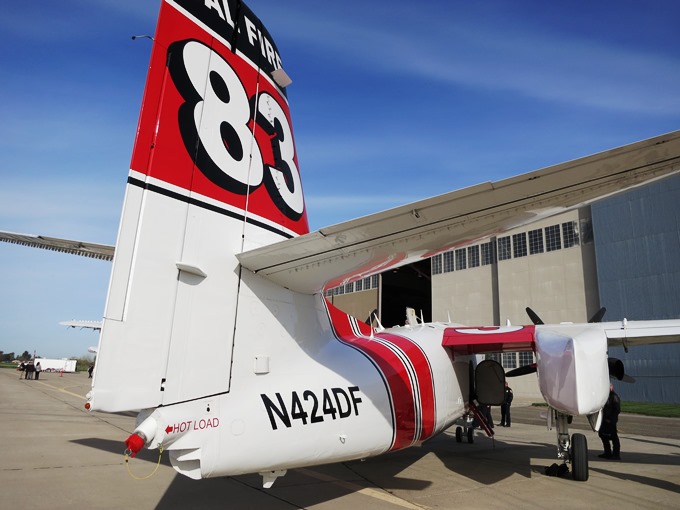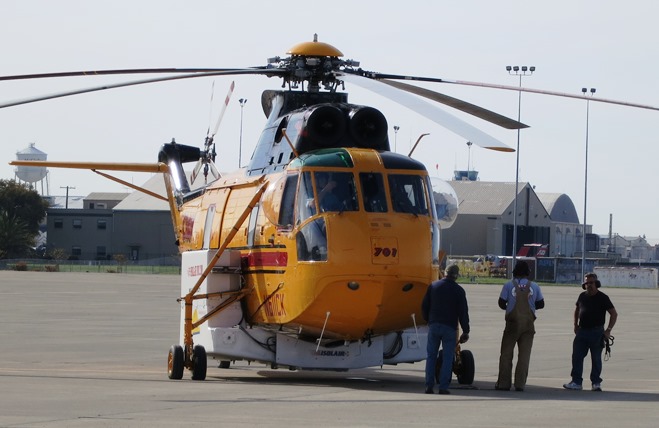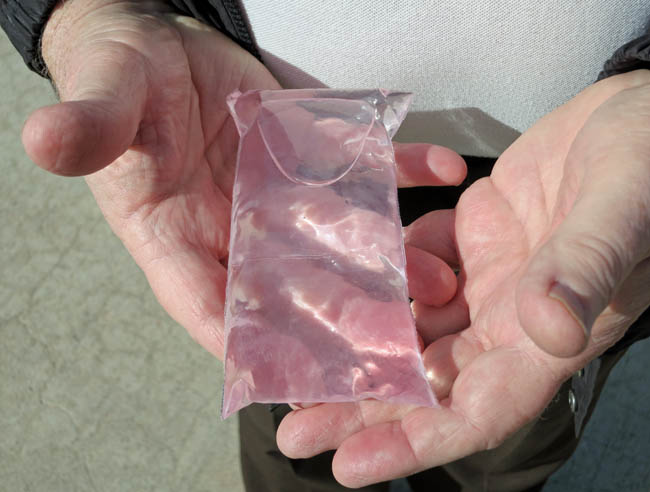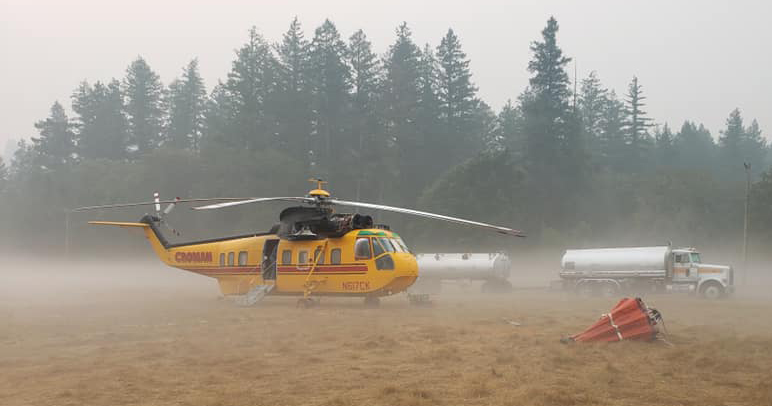
An S-61N Sikorsky helicopter made what the FAA is calling a forced landing during a logging operation on September 1, 2022. The aircraft involved was operated by Croman. The damage to the helicopter is described by the FAA as “substantial” and there were two minor injuries — one to a crewmember and another to a passenger.
The FAA report says the “aircraft lost load during logging activity and made forced landing”. It occurred near Medford, Oregon.
A photo circulating online shows what is claimed to be the accident helicopter lying on its side near large trees.
The aircraft’s registration number is N617CK, and was manufactured in 1962.
Croman has held firefighting contracts for their S-61 helicopters off and on for years. The photo at the top of this article shows N617CK at what is likely a fire assignment in 2020.
Croman’s S-61s have been in a number of accidents. Here are the ones about which we are aware:
- 2002, March 26. While working on a logging operation a Croman S-61A helicopter, N318Y, was destroyed when it impacted trees and terrain following a loss of control while maneuvering near Lakehead, California. The pilot was fatally injured and the co-pilot sustained serious injuries.
- 2009, July 17. A pilot was injured when an S-61 crashed while fighting the Backbone Fire on the Klamath National Forest in Northern California. A U.S. Forest Service spokesman said both the pilots on the aircraft walked away from the crash, and one was flown to Mercy Hospital in Redding, California where he was treated and released. The spokesperson said the helicopter came in hard and flipped on its side after it finished refilling its water bucket at a heliwell.
- 2015, August 19. A Croman S-61A crashed while working on the Eldorado Fire southeast of Unity Oregon. The aircraft lost an engine while dipping water to refill its water bucket. One crewmember sustained minor injuries.
- 2015, September 15. A Croman S-61A helicopter’s main rotor hit a tree while dipping water on the Cabin Fire on the Sequoia National Forest in California. The crew performed a precautionary landing in a field located approximately 10 minutes away from the dip site. Maintenance inspectors determined the main rotor blades, rotor-head, transmission and high speed shafts required replacement.
- 2022, February 22. A Croman S-61N crashed while working on a contract with the US Navy on Kauai island in Hawaii, killing all four civilian personnel on board. The aircraft was being used to retrieve inert training torpedoes from the Pacific Ocean as part of the Navy’s ongoing Pacific submarine training operations. According to the operator’s director of operations, the accident mission involved locating a training torpedo in the open waters, retrieving the torpedo using a recovery basket/cage system, then returning the torpedo to a Navy facility by sling load.
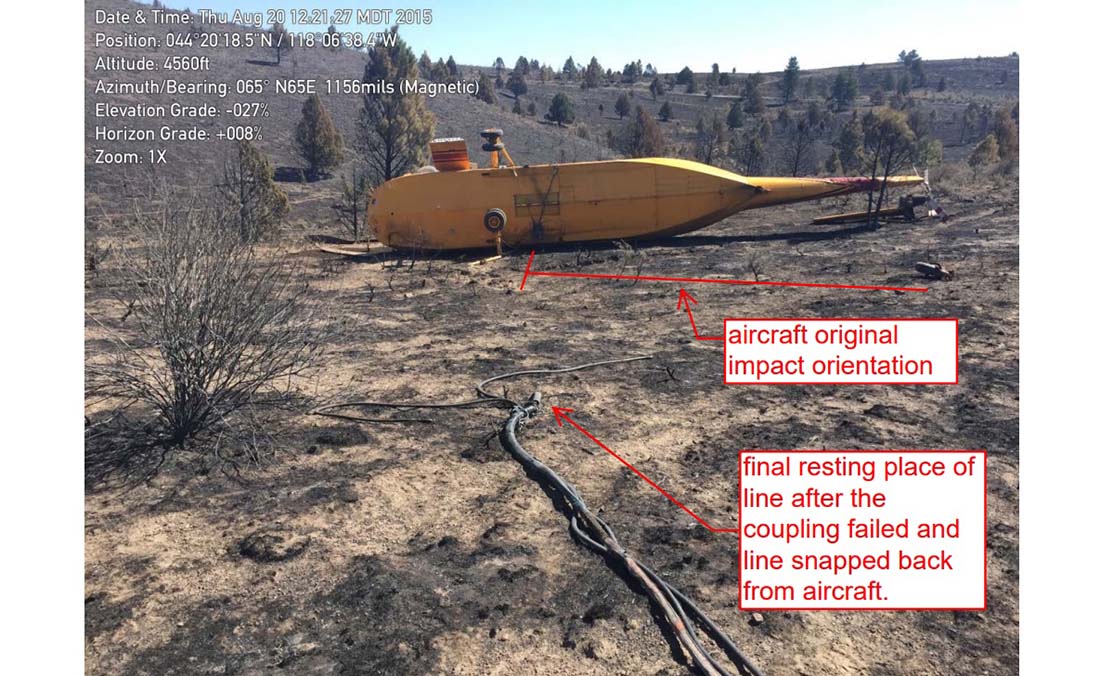
We reached out to Croman but they were not able to get back to us by publication time.

